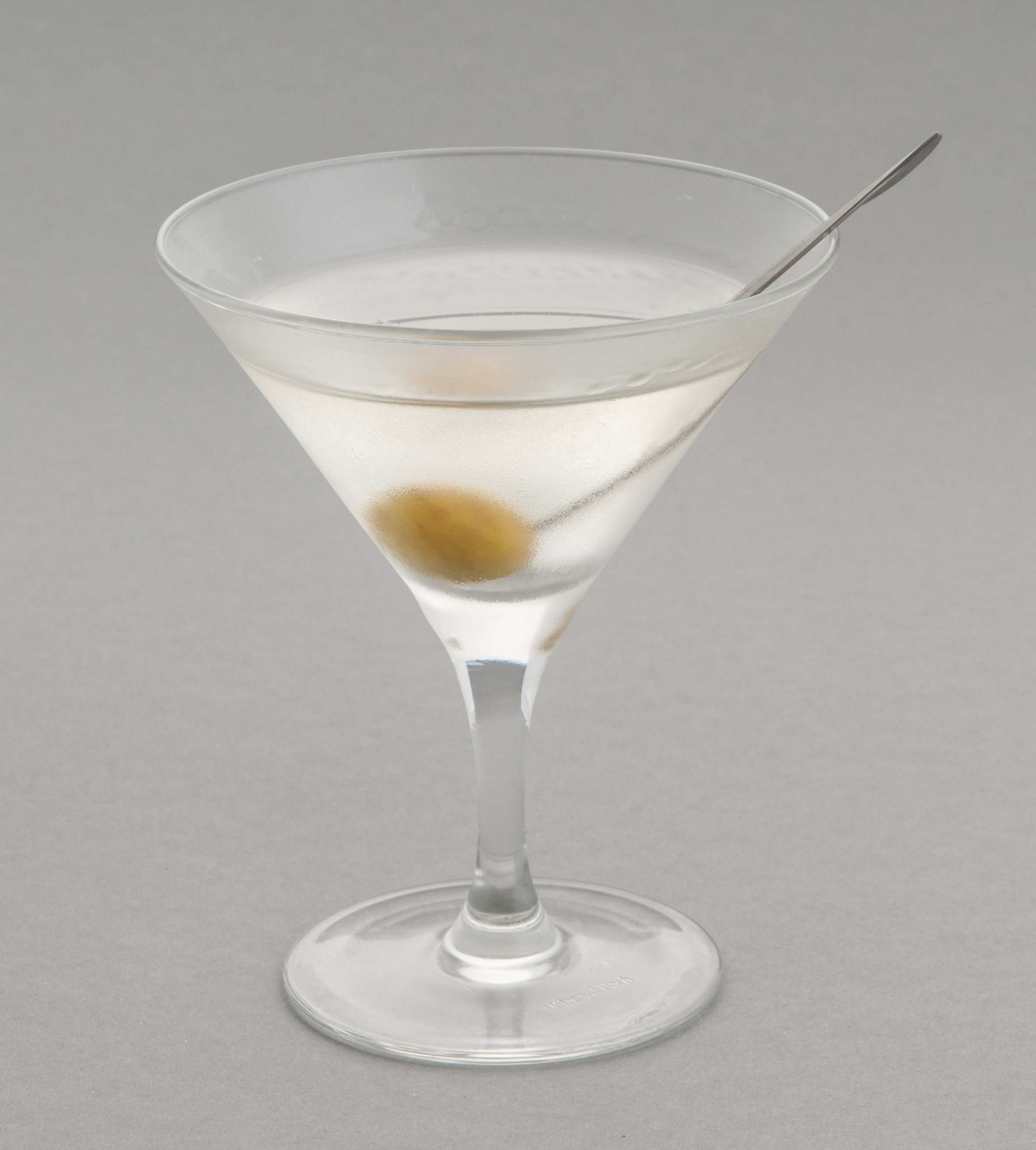Mixology 101
- An Introduction to Mixology
- Mastering Classic Cocktails
- Advanced Techniques and Recipes
Advanced Techniques and Recipes
Pairing Cocktails with Food

Alcoholic mixed drink.
Pairing cocktails with food is an art that can elevate any dining experience. Just like wine, the right cocktail can enhance the flavors of a meal, creating a harmonious blend of tastes that leaves a lasting impression. This unit will guide you through the basics of flavor pairing, how to choose a cocktail to complement a meal, pairing cocktails with different types of cuisine, and hosting a dinner party with paired cocktails and dishes.
The Basics of Flavor Pairing
Flavor pairing is about balance. The goal is to choose a cocktail that complements the flavors of the food without overpowering it. There are three main aspects to consider:
-
Sweetness: Sweet cocktails can balance out spicy or salty foods. For example, a sweet Mojito can be a great match for spicy Mexican dishes.
-
Acidity: Acidic cocktails can cut through rich, fatty foods. A classic example is a Margarita with a cheesy quesadilla.
-
Bitterness: Bitter cocktails can balance sweet dishes. An Old Fashioned, for instance, pairs well with a sweet dessert like chocolate cake.
Choosing a Cocktail to Complement a Meal
When choosing a cocktail to pair with a meal, consider the dominant flavors in the dish. Is it spicy? Sweet? Savory? Once you've identified the main flavor profile, you can select a cocktail that will balance or enhance those flavors.
For example, if you're serving a rich, creamy pasta dish, an acidic cocktail like a Whiskey Sour can cut through the richness and refresh the palate. On the other hand, a sweet and spicy dish might pair well with a sweet, fruity cocktail like a Piña Colada.
Pairing Cocktails with Different Types of Cuisine
Different cuisines have different dominant flavors, and this can guide your cocktail pairing. Here are a few examples:
-
Italian: Italian food is often rich and hearty. Acidic cocktails like a Negroni or a Bellini can provide a refreshing contrast.
-
Mexican: Mexican food is often spicy and flavorful. Sweet cocktails like a Margarita or a Paloma can balance the heat.
-
Japanese: Japanese food is often delicate and subtle. Light, clean cocktails like a Martini or a Highball can complement these flavors without overpowering them.
Hosting a Dinner Party with Paired Cocktails and Dishes
When hosting a dinner party, consider planning your menu around your cocktail pairings. Start with a light cocktail and appetizer, move on to a stronger cocktail with the main course, and finish with a dessert cocktail. This not only creates a cohesive dining experience but also allows your guests to explore a variety of flavors throughout the evening.
Remember, the most important thing is to have fun and experiment. The rules of pairing are not set in stone, and everyone's palate is different. So feel free to try different combinations and discover what works best for you. Happy pairing!